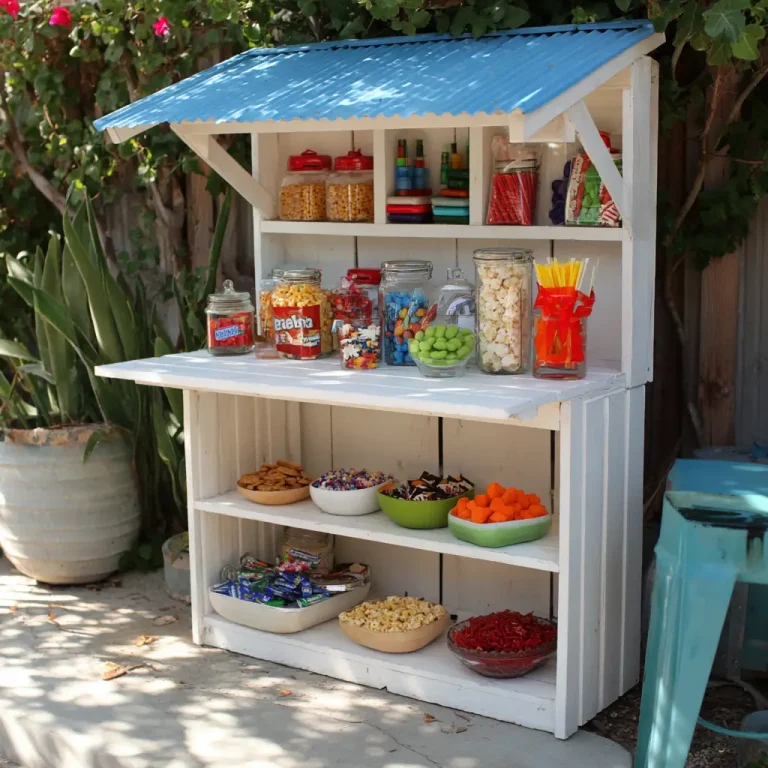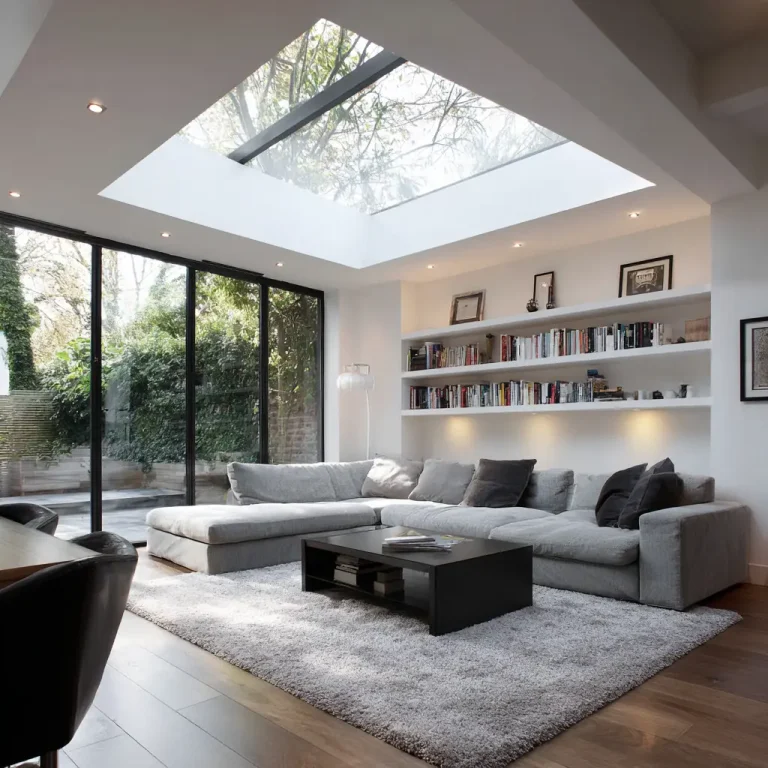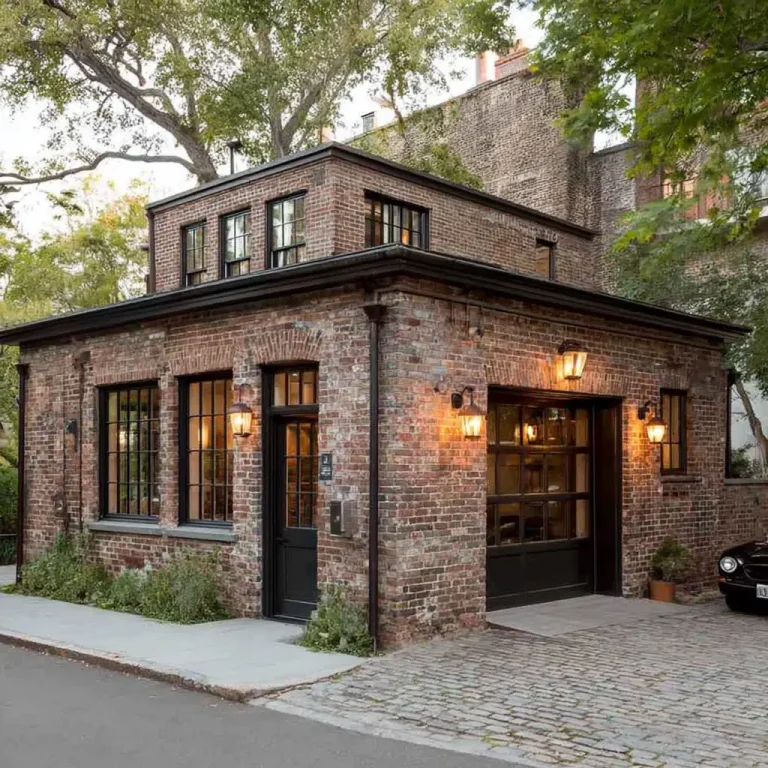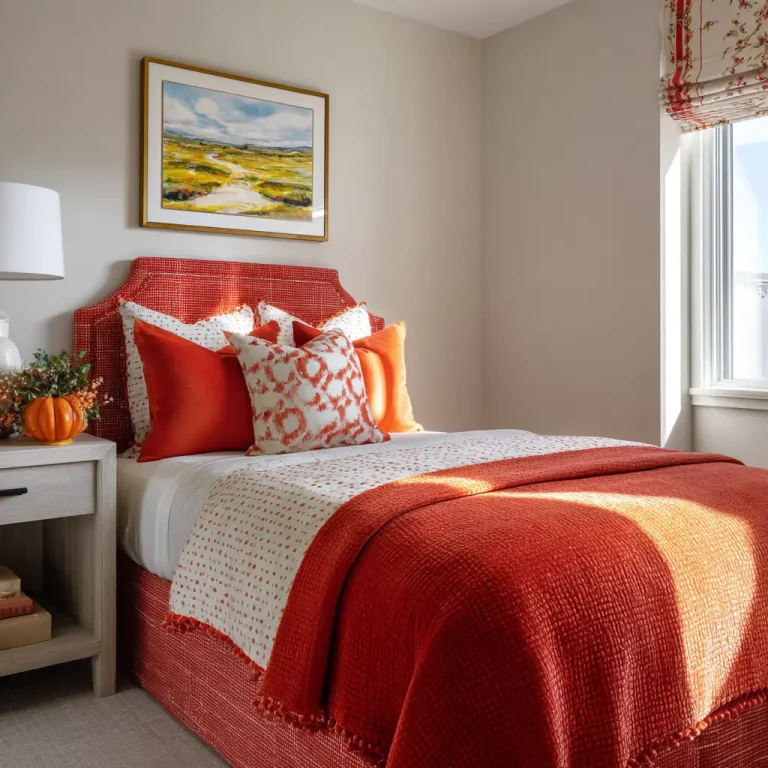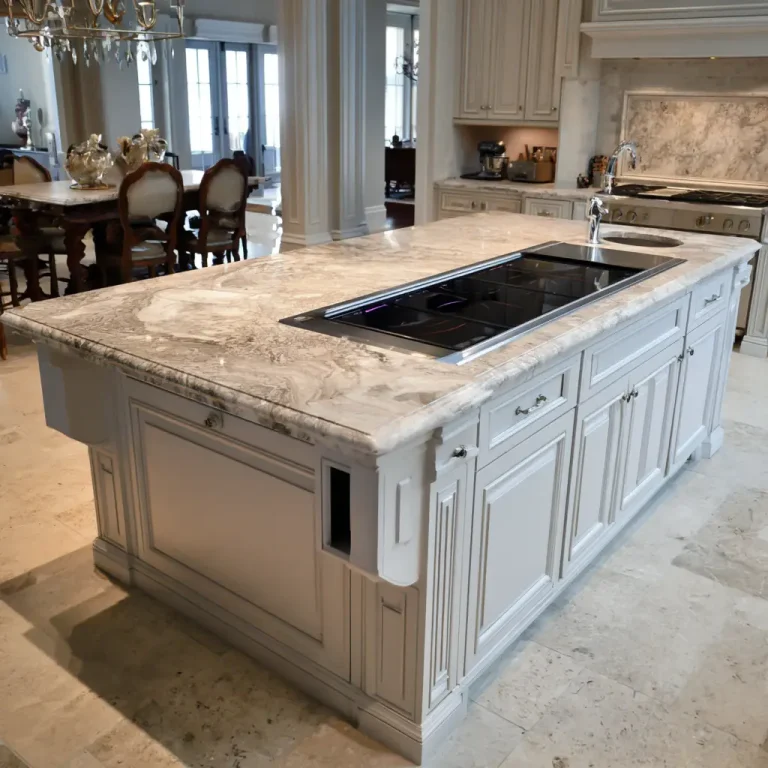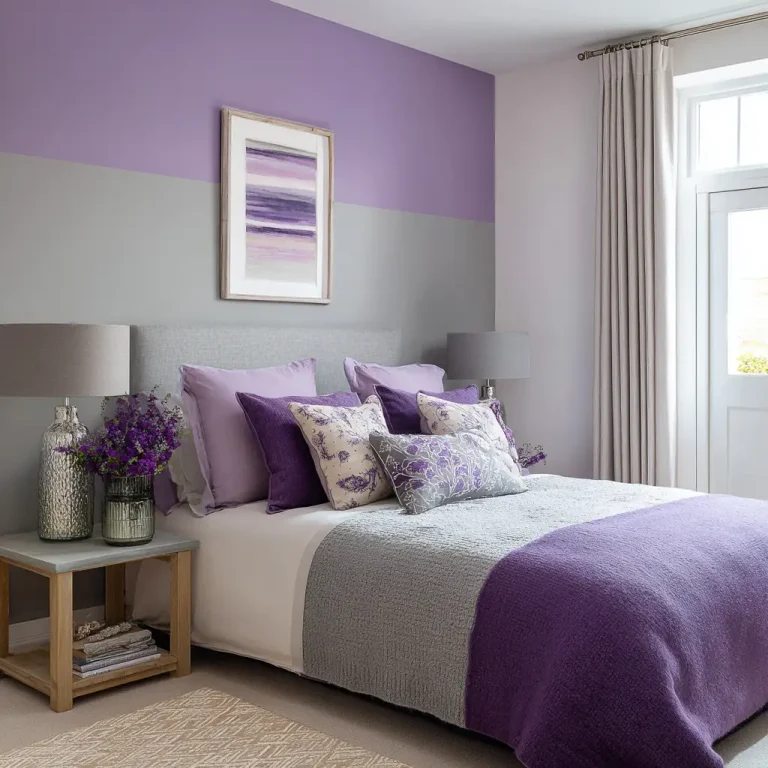15 Bedroom Ideas for Small Rooms That Actually Work
Small bedrooms may lack square footage, but they’re full of potential when designed with intention. Whether you’re dealing with a tiny city apartment, a compact guest room, or your first college dorm, maximizing the space without making it feel cramped is totally doable. It’s not just about shrinking everything down—it’s about choosing the right furniture, layout, and colors to create a room that feels both functional and welcoming. Below are 10 smart, creative, and stylish ideas to help you make the most out of your small bedroom.
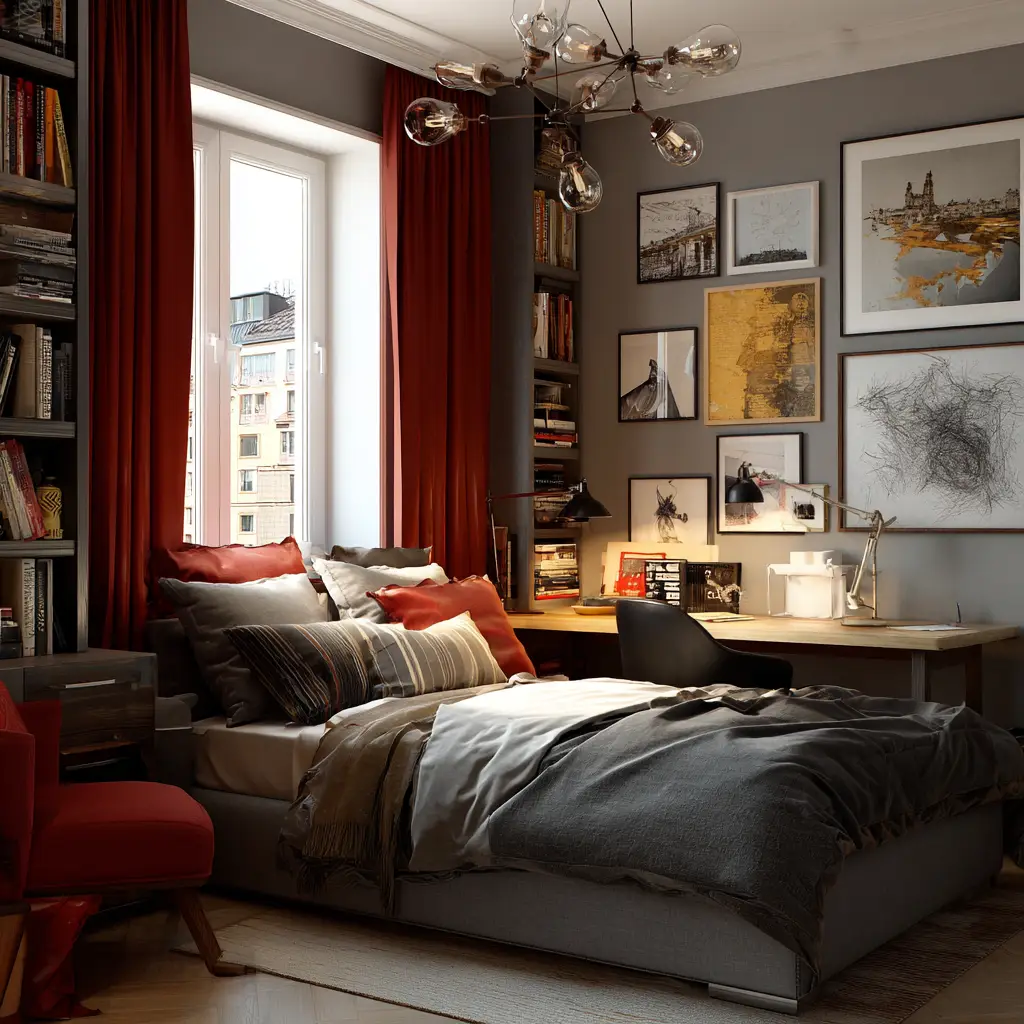
1. Choose Multi-Functional Furniture
Multi-functional furniture is a must-have in any small bedroom because it allows you to do more with less. Think beds that offer built-in drawers underneath or headboards with hidden shelves for books, chargers, or even a reading light. Consider a desk that can double as a vanity, or a nightstand that includes extra storage inside. A fold-out bed (Murphy bed) or a lofted bed can even create space for a desk or lounge area underneath. These choices make your space more flexible and keep it from feeling cluttered by too many single-purpose items.
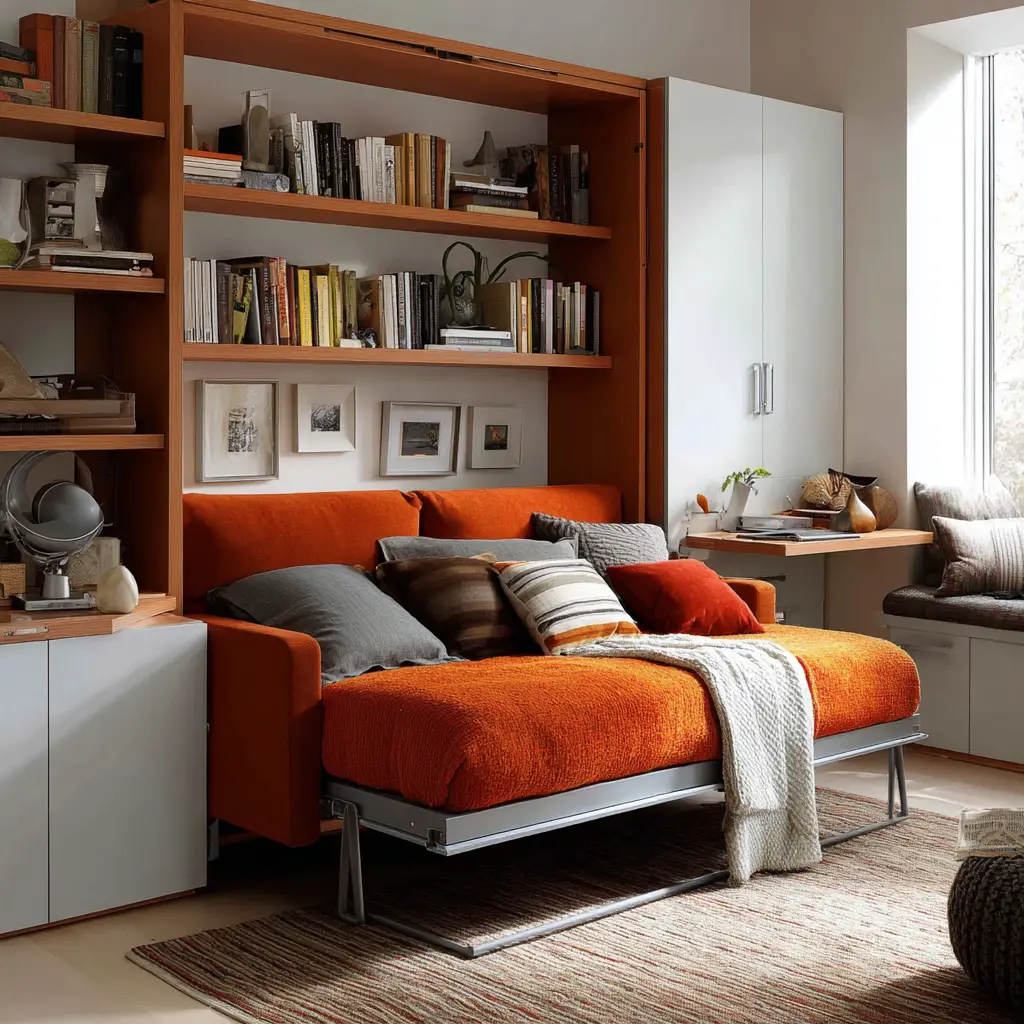
2. Use Vertical Space
When floor space is limited, the walls become your best friend. Use tall shelving units, stackable organizers, or even pegboards to create vertical storage for books, plants, and decor. Wall-mounted nightstands or sconces can replace bulky bedside tables and lamps. Consider installing a wall-mounted clothing rack or hooks for coats, bags, and accessories. You can even add shelves above your doorframe or window for items you don’t use every day. Going vertical draws the eye upward, making the ceiling feel higher and the room more open.
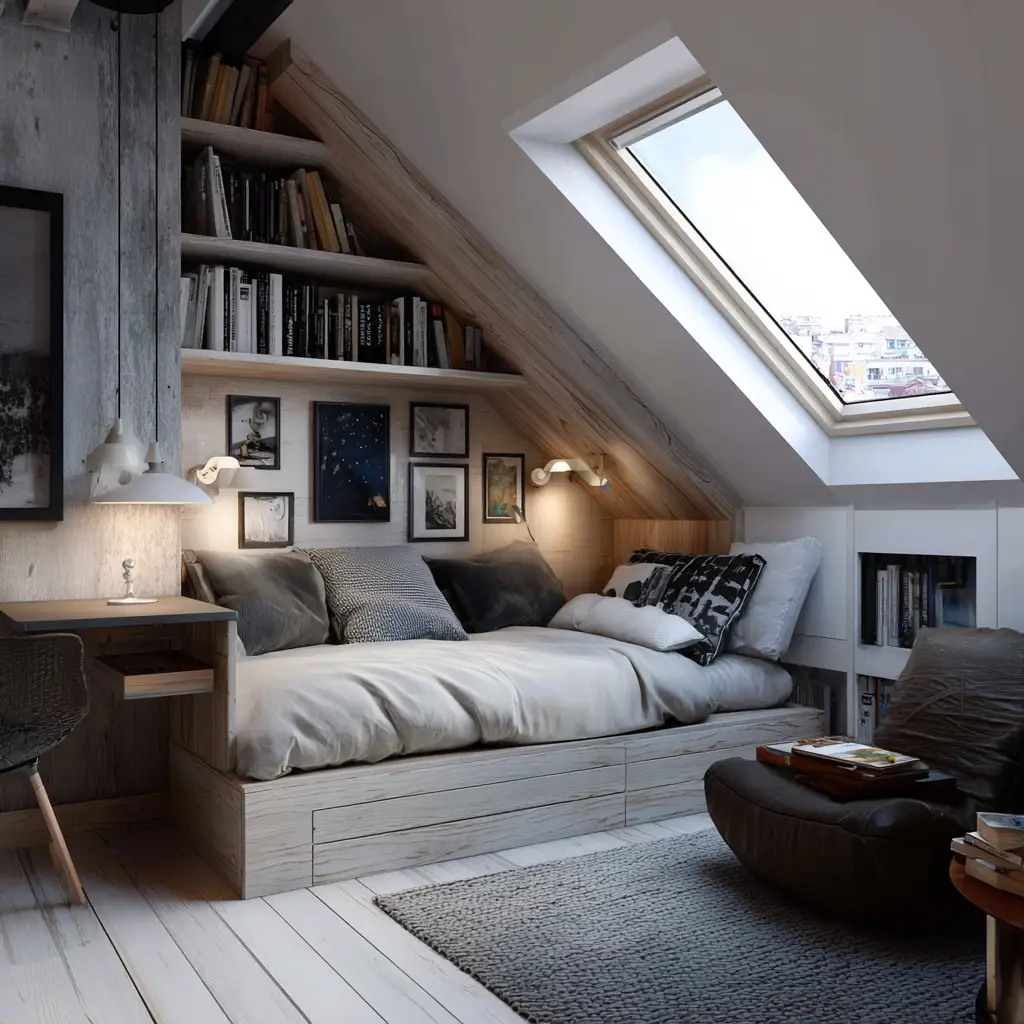
3. Opt for Light Colors
Color plays a major role in how spacious a room feels. Light tones like soft whites, beiges, light grays, and pastel hues reflect natural light, making the room feel airier and more expansive. If your space lacks natural light, lighter walls can compensate by bouncing light from lamps and fixtures around the room. That doesn’t mean you can’t use color—just use it sparingly. A single feature wall in a gentle blue or blush tone can add personality without closing in the space. Pair your light walls with minimal, neutral-colored decor to enhance the sense of calm.
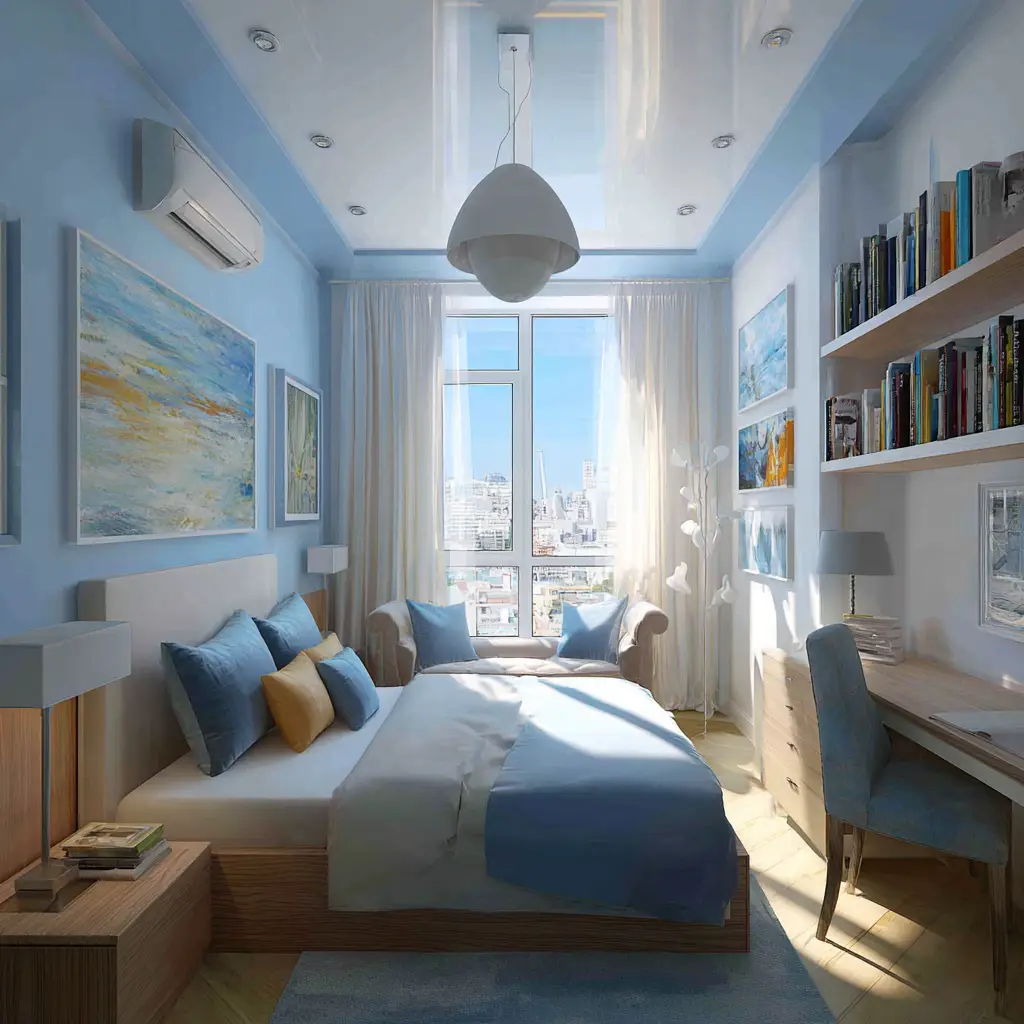
4. Go for a Low Bed
A lower-profile bed creates the illusion of more vertical space in a room. Since the bed is usually the largest piece of furniture, lowering it visually opens up the room. Platform beds or futons are excellent choices because they sit closer to the ground and often come with built-in storage or minimalist designs. Pairing a low bed with a few floor cushions or a lightweight area rug can make the space feel more grounded and Zen-like. It’s also easier to maintain visual balance when other furniture pieces—like nightstands or dressers—aren’t towering over the bed.
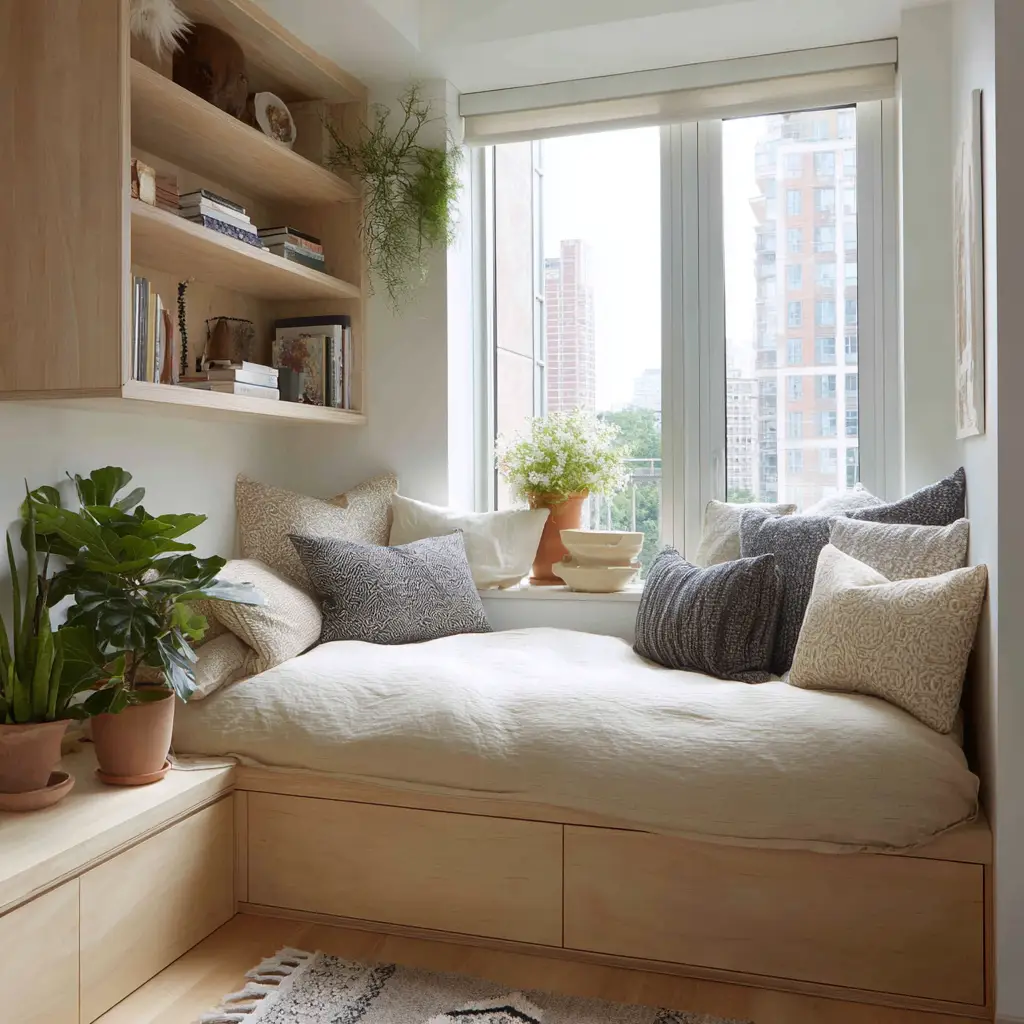
5. Keep It Clutter-Free
In a small bedroom, clutter is the fastest way to make a space feel tight and overwhelming. Adopt a “less is more” philosophy by only keeping what you truly need or love. Use hidden storage solutions like under-bed bins, drawer organizers, or storage ottomans to tuck things away neatly. Rotate seasonal clothing and decor items into storage so everything in your room is actively used. Keeping surfaces clear—like your nightstand, dresser, and desk—not only makes cleaning easier but also allows your eyes to rest, which adds to a sense of calm and openness.
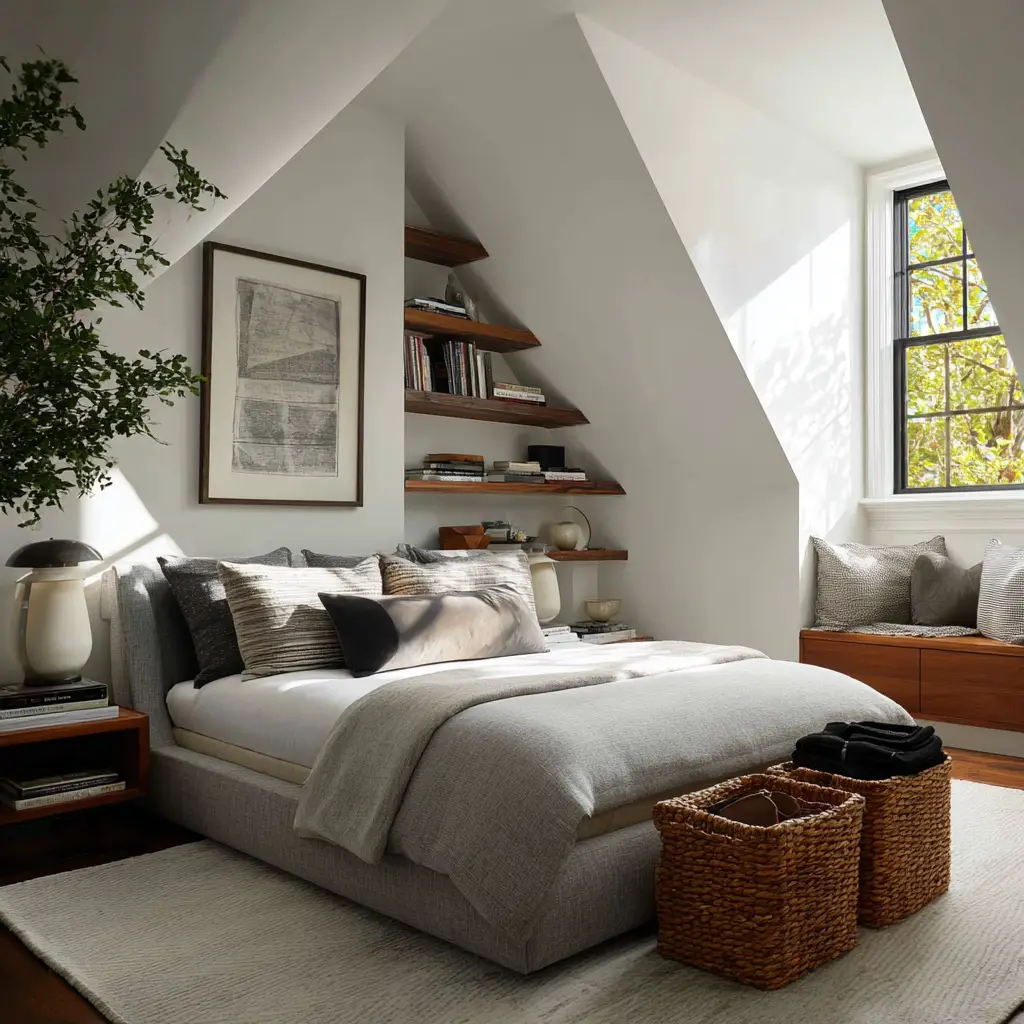
6. Mirrors, Mirrors, Mirrors
Mirrors are a small room’s secret weapon. By reflecting light and views, they trick the eye into thinking the space is larger than it is. A full-length mirror propped against the wall or mounted on the back of a door can do wonders. For a stylish touch, you can opt for mirrored furniture pieces like a dresser or bedside table. Wall-mounted mirror panels or a round mirror above the bed or dresser can also add depth. To make the most of it, position your mirrors to reflect windows or lamps—this doubles the impact of your lighting and brings brightness to darker corners.
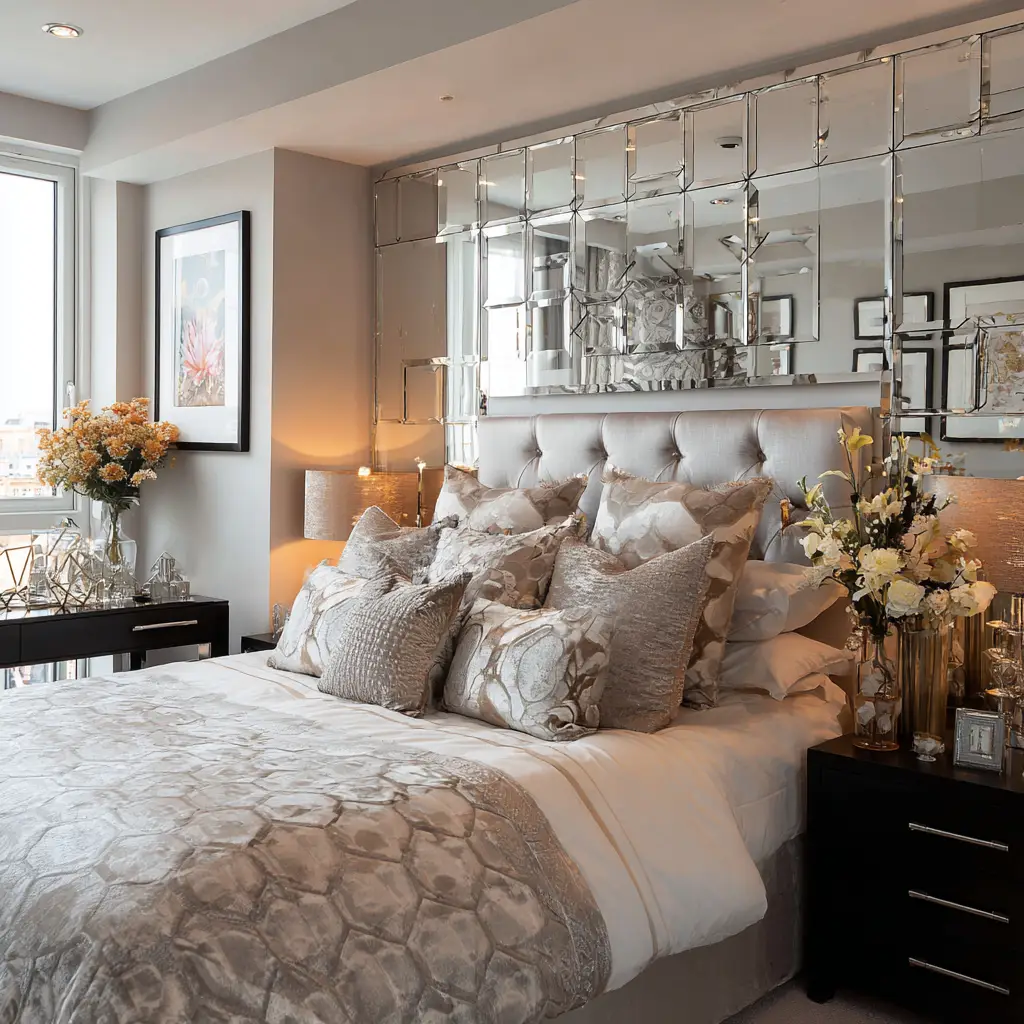
7. Floating Furniture
Floating furniture refers to wall-mounted pieces that don’t touch the floor, helping the room feel less crowded. A floating nightstand gives you a place to store books or a lamp without taking up precious floor space. A floating desk or vanity creates a streamlined work or grooming area and leaves room underneath for a stool or storage bin. These designs are especially effective in modern or minimalist spaces where clean lines are part of the aesthetic. They also make cleaning easier, as you won’t have to move furniture to reach the corners.
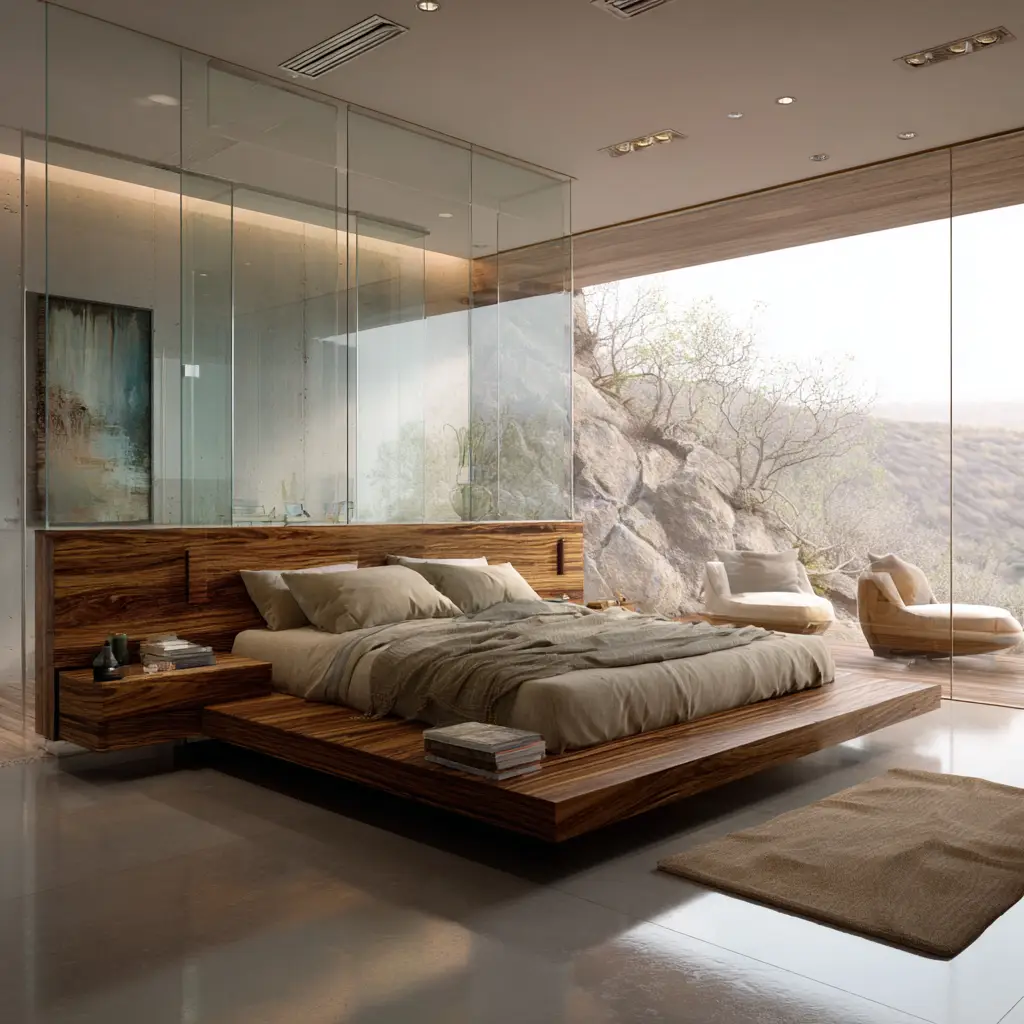
8. Use Sliding Doors
Traditional swinging doors require clearance space, which can feel like a luxury in a small bedroom. Sliding doors—whether on your closet, ensuite bathroom, or even the main entrance—free up floor space and offer a sleek, minimalist look. Pocket doors that slide into the wall are great for very tight spaces, while barn-style doors add charm and character. Even if you can’t renovate, consider sliding closet panels or fabric curtains to replace bulky bifold doors. These changes make your layout more flexible and less constrained.
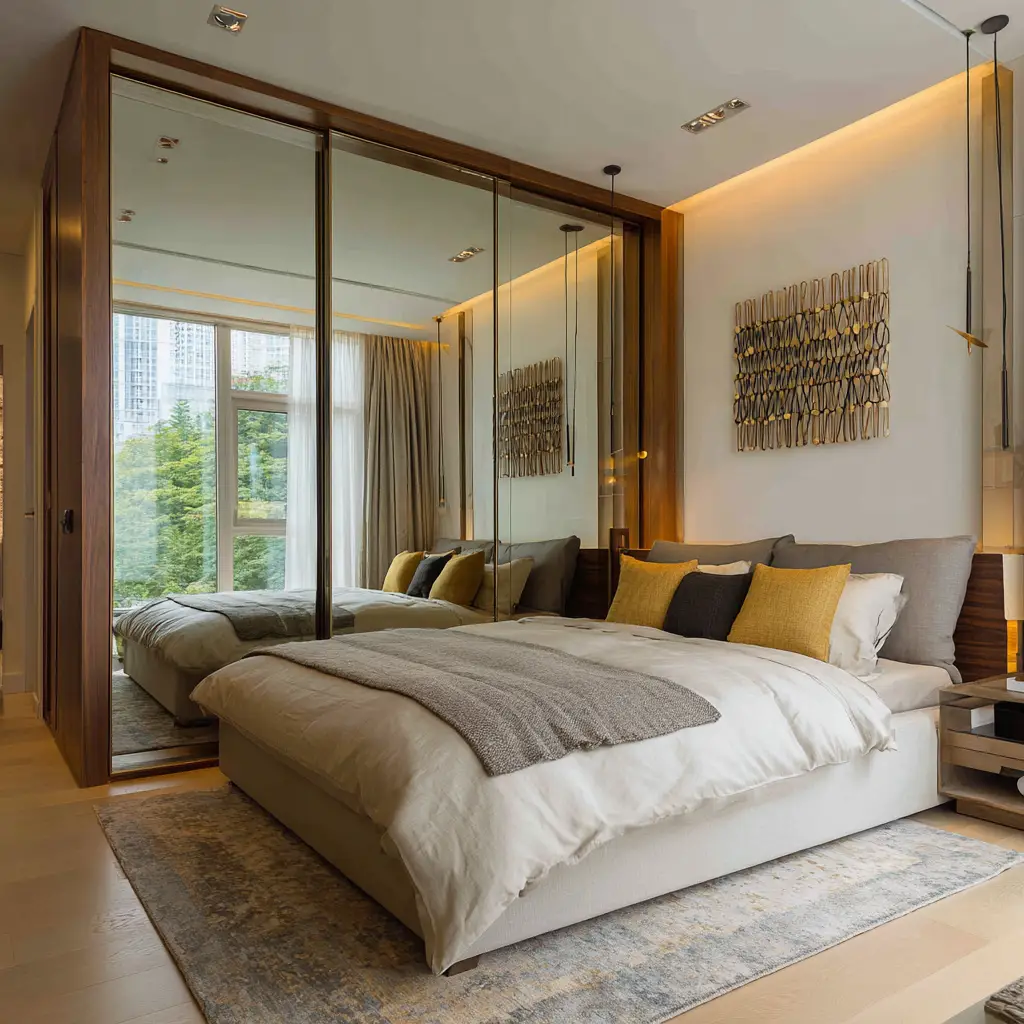
9. Layer Your Lighting
Lighting can transform how a room feels, and layering it is key to making a small bedroom feel inviting. Instead of relying solely on one overhead fixture, add bedside lamps, wall sconces, or LED strip lights around your bed or mirror. Ambient lighting sets the overall tone, task lighting helps you focus (like for reading or working), and accent lighting highlights design features or creates cozy corners. Using dimmable lights or smart bulbs can give you control over the mood—bright in the morning, soft and relaxing at night.
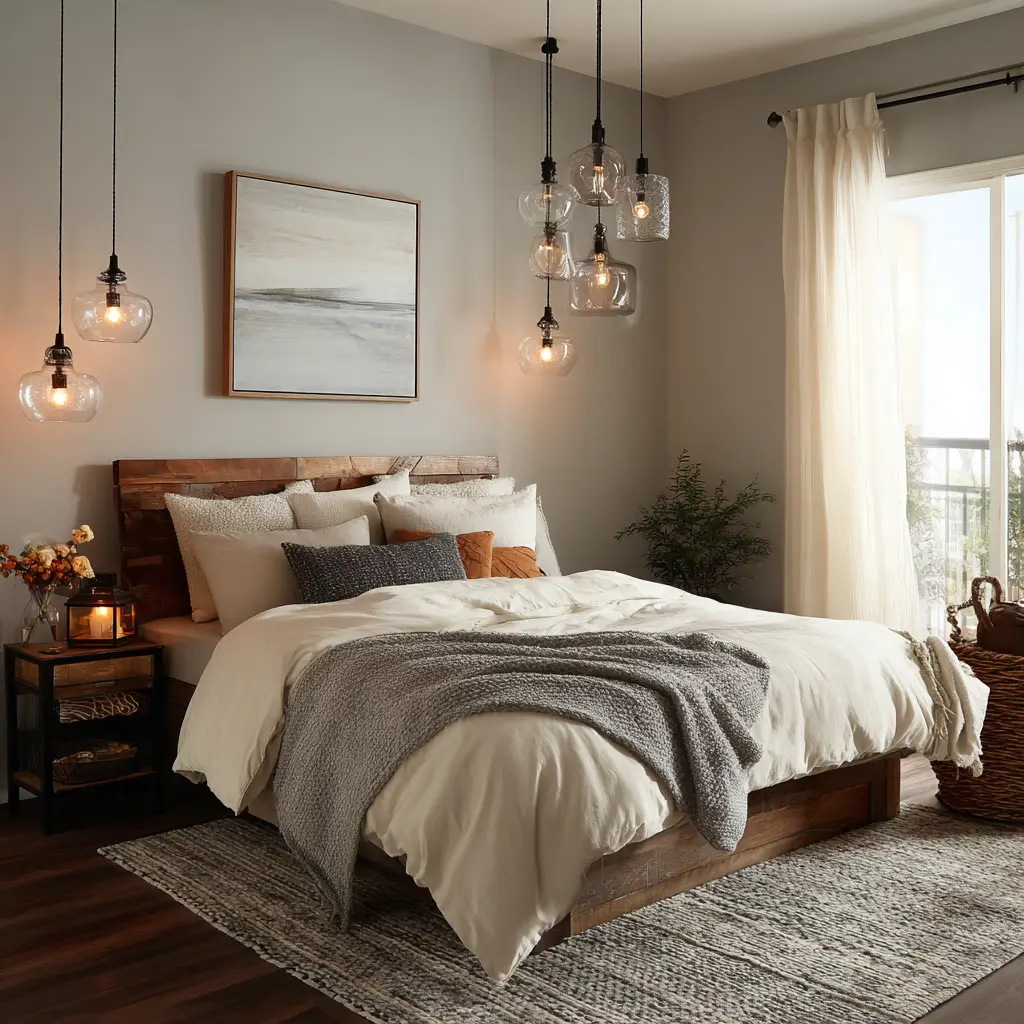
10. Think Vertically with Storage
Storage doesn’t always mean more furniture. Think about height rather than width. Tall, narrow dressers or wardrobes take up less floor space while still offering plenty of room inside. You can also use stackable boxes, hanging shelves, and over-the-door organizers to store everything from shoes to accessories. Install hooks or magnetic strips on the walls for keys, jewelry, or small tools. Don’t forget about the back of your door, under your bed, or even corners—these often-overlooked spaces can be turned into highly efficient storage zones with a little creativity.
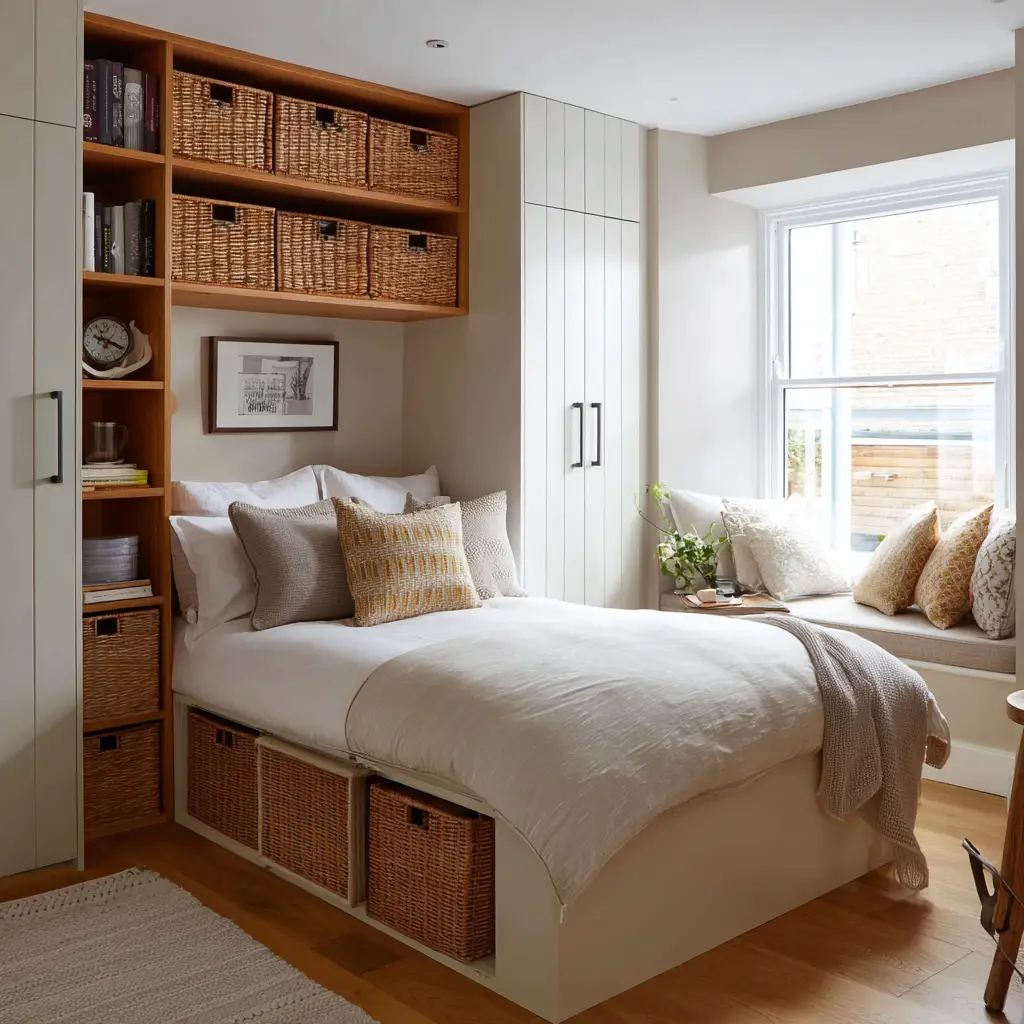
FAQs
What is the best bed for a small bedroom?
The best bed for a small bedroom is typically a platform bed with built-in storage or a Murphy bed that folds up when not in use. These designs free up valuable floor space and often include drawers or shelves to reduce the need for additional furniture.
Can I use dark colors in a small bedroom?
Yes, dark colors can work beautifully in small spaces when used intentionally. Consider a deep accent wall or dark bedding balanced with light-colored furniture and decor. The key is contrast and lighting—dark tones should feel cozy, not closed in.
How can I make a small bedroom feel luxurious?
To make a small room feel luxurious, focus on texture and quality over quantity. Use crisp linens, soft throws, and a plush area rug. Add warm lighting, fresh flowers, and artwork. Keeping clutter minimal and investing in a few standout pieces can elevate the space instantly.
Is it okay to have a large bed in a small room?
You can definitely have a large bed in a small room if you’re okay with a minimalist layout. Keep furniture to a minimum and use the bed’s footprint efficiently—opt for storage beds or keep essentials like books or blankets stored underneath.
What’s the biggest mistake to avoid in small bedroom design?
The biggest mistake is trying to fit too much into the room. Overcrowding makes it harder to relax and navigate the space. Be selective, use vertical storage, and remember that open space is just as important as furniture.
Conclusion
Designing a small bedroom is less about limitations and more about making intentional choices that serve your lifestyle. With smart planning, creative use of space, and a commitment to simplicity, even the tiniest room can feel like a personal retreat. Don’t think of your room as “too small”—think of it as just the right size to get creative. Whether you’re going for minimalist serenity or cozy charm, a small space can offer big comfort and style when done right.
